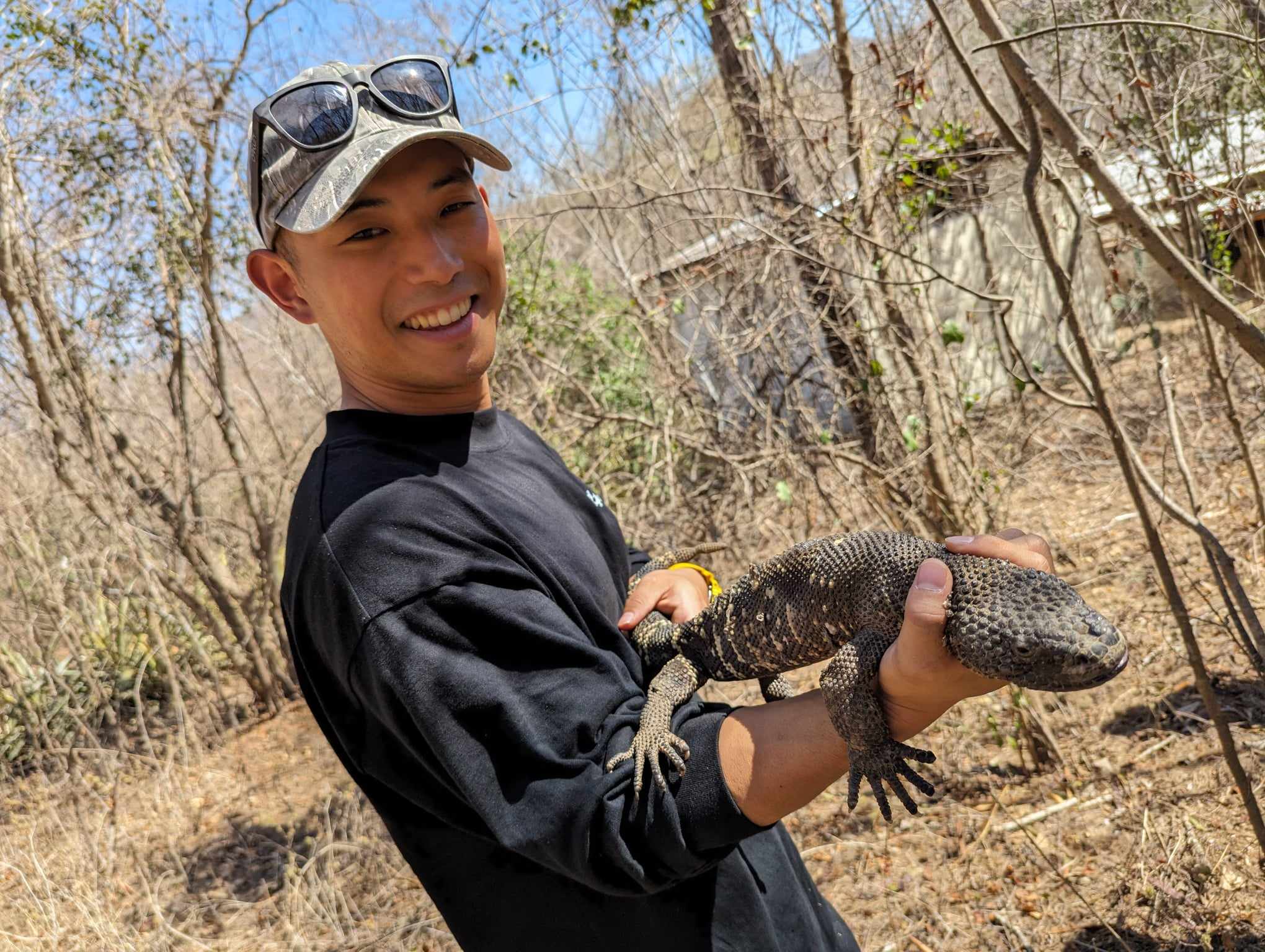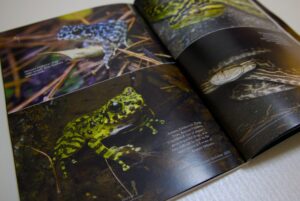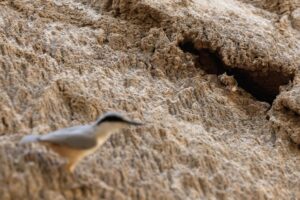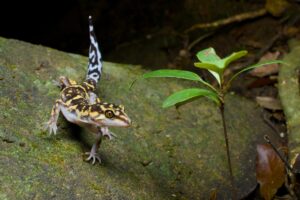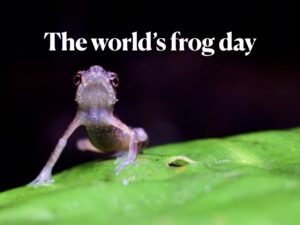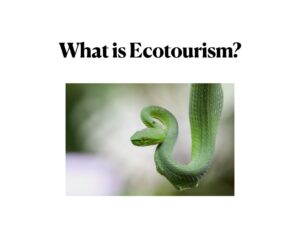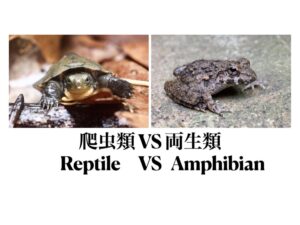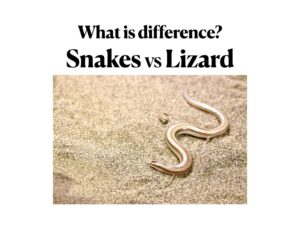The terms “poison” and “venom” are often used interchangeably, but in reality, they refer to different things. Both are harmful substances that can cause damage to humans and animals, but there is a significant difference in how they act. Today, we’ll explore the key differences between these two concepts.
Having accurate knowledge about toxins and taking proper precautions is crucial to prevent unnecessary fear and misunderstandings about venomous creatures such as snakes. Hearing about a snake bite or touching a poison dart frog often evokes fear, but with the right understanding, you can avoid unnecessary anxiety. By gaining a deeper understanding of venomous and poisonous creatures, we can create a world that is less fearful and more appreciative of these fascinating animals. In herping, it’s essential to be aware of the possibility of encountering venomous creatures and to be equipped with the right knowledge.
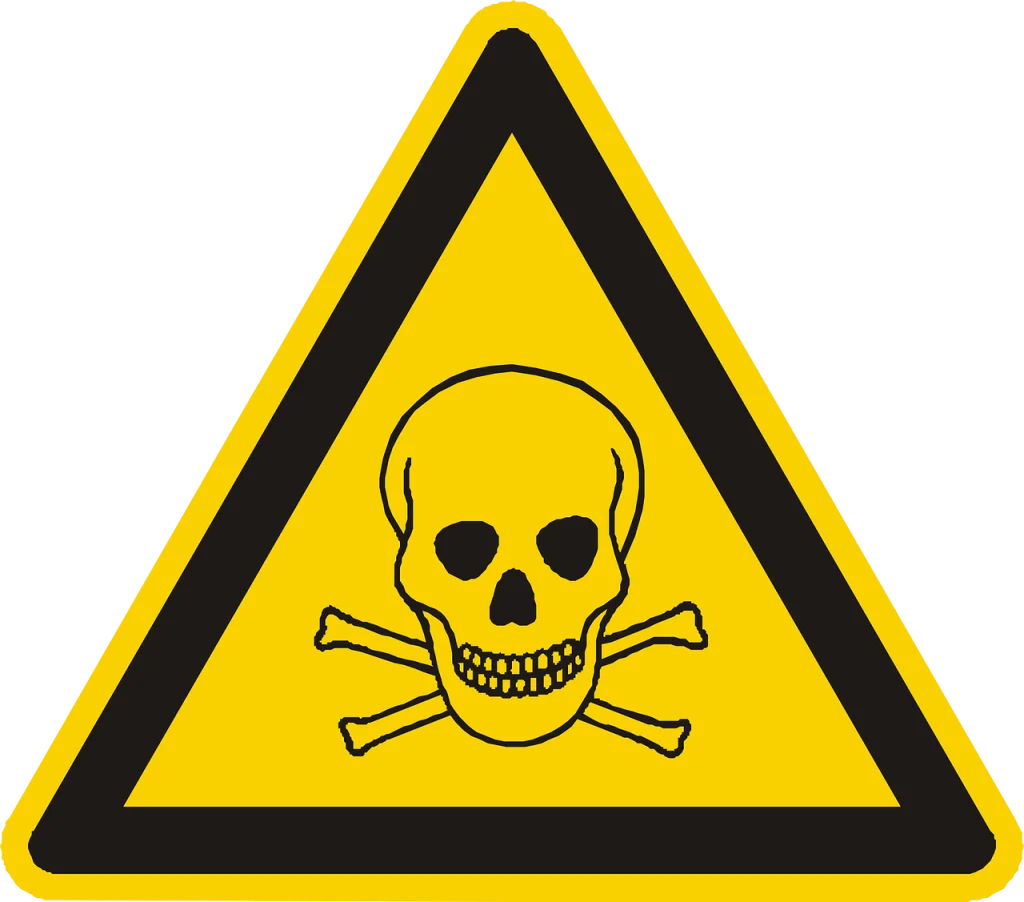
What is Poison?
“Poison” refers to toxic substances that cause harm when ingested, inhaled, or absorbed through the skin. Many frogs and toads, for example, have toxins on their skin, which can be harmful if a predator eats them. Some species, like poison dart frogs, are known for having especially potent toxins on their skin, which can even be lethal to humans.
Plants can also be poisonous. For instance, touching poison ivy can cause skin irritation due to the toxins it releases. These poisonous substances work by being absorbed into the body, and generally, they pose no danger unless they are ingested or come into contact with the skin. As a result, simply avoiding touching or eating such creatures or plants will usually keep you safe.
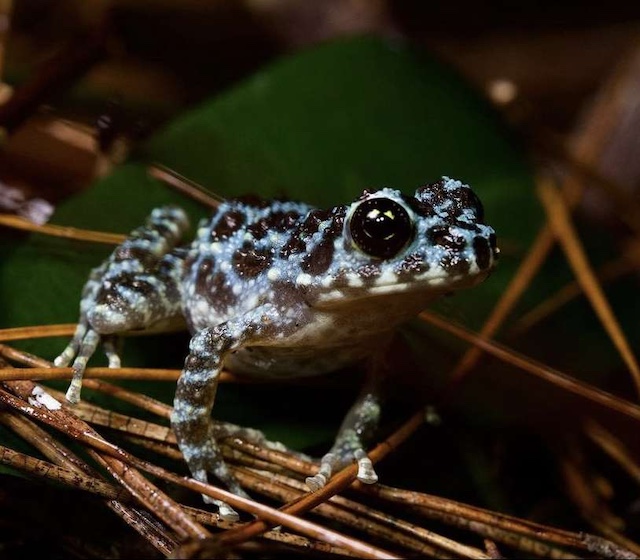
What is Venom?
Venom, on the other hand, is a toxin that is injected directly into the body through a bite or sting. Creatures like snakes, spiders, and scorpions use venom to defend themselves or to capture prey. Venom typically only works if it is introduced into the body through a wound, such as a bite or sting.
For example, the highly venomous taipan snake in Australia uses its sharp fangs to inject venom into its prey, paralyzing it almost instantly. Spiders and jellyfish also use venom to either defend themselves or capture prey by injecting it through specialized structures like fangs or stingers.
Creatures with Both Poison and Venom
Interestingly, some creatures possess both poison and venom. For example, certain species of snakes, such as the tiger keelback(Rhabdophis tigrinus), can inject venom through a bite , but they also accumulate poison from consuming toxic prey like toads. These snakes are unique in that they are both venomous and poisonous.
What Happens if You Drink Venom?
Surprisingly, venom is generally harmless if ingested, as it must enter the bloodstream through a wound to be effective. If you were to drink snake venom, assuming there are no cuts in your mouth or throat, your stomach acid would neutralize it. This is why venomous snakes can safely swallow their prey without being affected by their own venom. Of course, this isn’t something to try, but theoretically, venom ingested in this way wouldn’t have an effect. However, ingesting poison, on the other hand, would have immediate harmful effects, so it’s important never to attempt this.

Safety Precautions
Many venomous or poisonous creatures use their toxins primarily for self-defense. This means that, as long as they are not provoked, they are unlikely to attack. Unfortunately, due to a lack of knowledge, people sometimes believe that all toxic animals are dangerous and kill them on sight. When we go out into nature, it’s important to remember that we are the visitors in their habitat.
As herpers, it’s essential to educate ourselves about the wildlife we may encounter and ensure that we can observe and enjoy nature safely and respectfully. Let’s continue to learn about these creatures and find ways to coexist with them.

